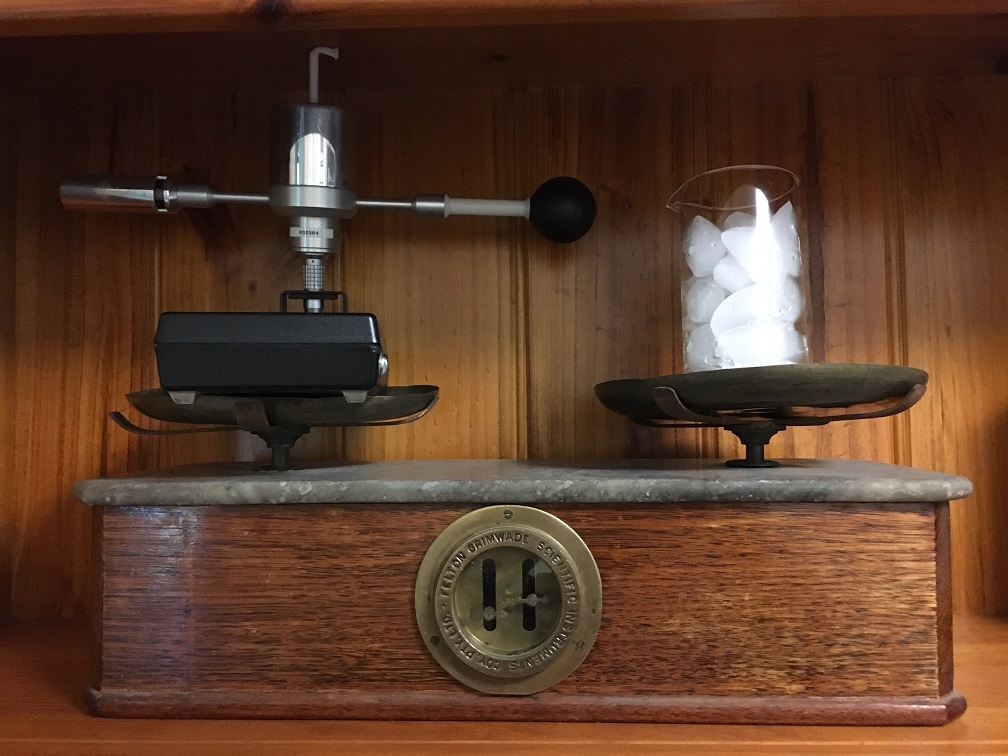Heat stress – it’s all about balance.
- By Ross Di Corleto
- 14/01/2019
- No Comments
There are important contributors to heat stress aside from climate that can sometimes be missed.
When people talk about heat stress the focus is immediately on temperature, which is logical. Occasionally there is a mention of humidity and very occasionally air velocity or workload can make its way into the discussion. However generally people are not aware of the impact of these parameters and the overall processes the body must manage to control our internal temperature.
We are “homeotherms” which the oxford dictionary defines as “an organism that maintains its body temperature at a constant level, usually above that of the environment,….” This process requires the body to manage a number of components of heat going in and out. The core of this process is described by the heat balance equation. Whilst it may initially look a touch technical it is quite straightforward. In one of its simplest forms (there are more complicated versions) it looks like this:
M ± C ± R – E = ± S.
(You may on occasion see the term “K” for conduction included in the equation, but this is not always a significant contributor in heat stress. An example of this in nature is where you see a group of mammals or birds huddling together to keep warm, i.e. penguins.)
Let’s have a closer look and break it down.
First of all, S is the important one, it is the amount of heat gained or lost by the body and will determine the overall heat load on the body. So, where S is positive there is a heat gain and if this continues to increase it can result in heat stress (hyperthermia). In reverse, if S is negative then there is a loss of heat and this can end up as cold stress (hypothermia). The ideal is that S is zero, no net heat gain or loss.
The ± between each term merely means a gain or a loss of heat. Quickly looking at the other terms:
E = Heat exchange via evaporation, for example when we sweat the sweat is evaporated off the skin which has a cooling effect, hence the negative sign indicating a heat loss (more about this in another blog soon)
R = Heat exchange via radiation, this can be from hot sources such as the sun or surfaces such as walls, the ground and hot objects such as ovens and molten metals in some industries. An example of this is in nature is reptiles basking in the sun to increase their body temperature.
C = This is heat exchange via convection. An example of convection is where the air temperature is higher than the skin temperature leading to a heat gain, i.e. desert environments have both radiation and convection heat.
M = heat gained via a metabolic load, an important contributor often ignored. When an individual performs physical work it results in a gain of heat for the body. If we look at muscular activity for example, muscle contraction is about 20% efficient (Sawka et al 2011, Kenny et al 2013). Where an individual uses energy at a rate of 100 watts, 20 watts is used to perform the external work, but the remaining 80 watts of energy is given off as heat (Casa 2018). The body must then get rid of this heat or run the risk of an overall increase in internal temperature. This is why the level of physical activity must always be considered when assessing heat stress.
Next time you see a labourer working in the heat or you sit and watch the elite athletes in a summer sport (i.e. tennis), think about the additional heat that they must be generating and then have to get rid of in addition to the climatic heat.
BOTTOM LINE
When the temperature starts to rise remember that it’s not just the environmental temperature that causes heat stress, there are other things to consider to keep our body temperature in balance.
WANT TO KNOW MORE
Sawka MN, Leon LR, Montain SJ, Sonna LA. Integrated physiological mechanisms of exercise performance, adaptation, and maladaptation to heat stress. Compr Physiol. 2011;1:1883–928.
Kenny GP, Jay O. Thermometry, calorimetry, and mean body temperature during heat stress. Compr Physiol. 2013;3:1689–719.
Sport and Physical activity in the heat. Maximising performance and Safety (2018). Editor. D. J., Casa, Springer International Publishing.

 Copyright © 2025
Copyright © 2025
Leave a Reply